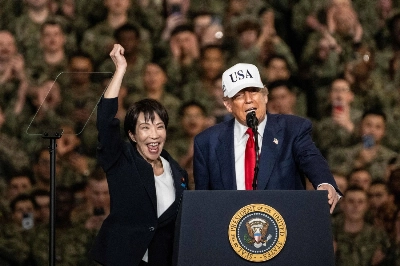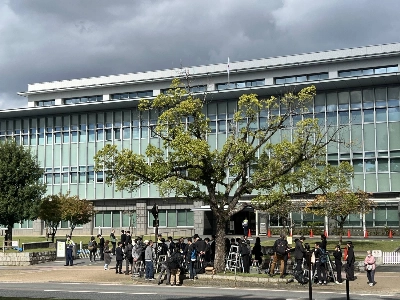In one month's time, we shall leave the 20th century behind. The first half of it saw the world almost destroyed by war -- partly as a result of its division into rival trade blocs. The second half has seen an unprecedented expansion of world trade, which has also brought unprecedented economic growth.
This week's meeting of the World Trade Organization in Seattle, and other meetings over the next few years, could be pivotal in determining whether the 21st century will be like the first half of the 20th, only worse -- or like the second half, only better.
After World War II, farsighted statesmen deliberately constructed a postwar economic and political order governed by rules that would make free trade possible and thereby make future wars less likely. Broadly speaking, they succeeded because it was a time of broad consensus on the role of the state in ensuring full employment, price stability and social safety nets -- and there were distinct national economies, represented by states that could control dealings between their citizens by manipulating border controls.

















With your current subscription plan you can comment on stories. However, before writing your first comment, please create a display name in the Profile section of your subscriber account page.